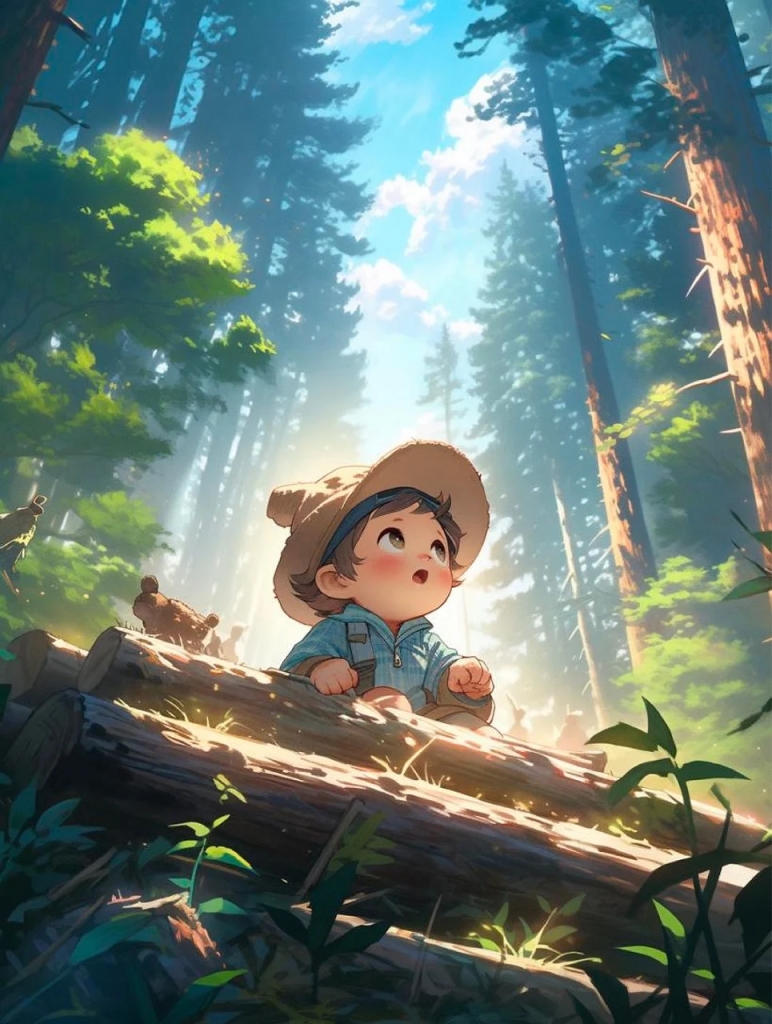Adventure games are a genre of video games that focus on narrative, exploration, puzzle-solving and interaction with characters and environments. Adventure games tofcoanuni1973 often feature a protagonist who embarks on a quest, solves mysteries, faces challenges and makes choices that affect the outcome of the story.
History of Adventure Games

The origins of adventure games can be traced back to the 1970s, when text-based interactive fiction games such as Zork, Colossal Cave Adventure and The Hitchhiker’s Guide to the Galaxy were popular. These games relied on text input and output to create immersive worlds and stories that the player could explore and influence.
In the 1980s, adventure games evolved to include graphics, sound and more complex gameplay mechanics. Some of the pioneers of this era were Sierra On-Line, LucasArts and Infocom, who created iconic series such as King’s Quest, Monkey Island and Leather Goddesses of Phobos. These games introduced point-and-click interfaces, branching dialogue, inventory management, humor and multiple endings.
In the 1990s, adventure games reached their peak of popularity and innovation, with titles such as Myst, The 7th Guest, Grim Fandango and Broken Sword. These games featured stunning visuals, cinematic cutscenes, voice acting, musical scores and diverse genres and themes. However, they also faced competition from other genres such as action, role-playing and strategy games, which offered more dynamic and interactive gameplay.
In the 2000s, adventure games declined in popularity and sales, as they were seen as outdated, niche and expensive to produce. However, they also experienced a revival thanks to independent developers, fan communities and digital distribution platforms. Some of the notable examples of this era were The Longest Journey, Syberia, Sam & Max and The Walking Dead. These games experimented with new formats, styles and mechanics, such as episodic releases, 3D graphics, quick-time events and moral choices.
In the 2010s, adventure games continued to evolve and diversify, with titles such as Life is Strange, Firewatch, Her Story and Detroit: Become Human. These games explored topics such as identity, relationships, emotions and social issues, using innovative techniques such as time manipulation, environmental storytelling, live-action video and artificial intelligence.
Characteristics of Adventure Games
Adventure games are defined by their emphasis on story, characters and puzzles. They typically have the following characteristics:
- A linear or branching narrative that unfolds through dialogue, cutscenes and player choices.
- A protagonist who is controlled by the player and has a personality, background and motivation.
- A setting that is rich in detail, atmosphere and lore.
- A gameplay that consists of exploring locations, finding clues, solving puzzles and interacting with objects and characters.
- A challenge that is based on logic, creativity and intuition rather than reflexes or combat.
- A feedback that is provided by hints, clues, rewards and consequences.
- A goal that is related to the protagonist’s quest or mission.
Types of Adventure Games
Adventure games can be classified into different types based on their gameplay mechanics, themes or subgenres. Some of the common types are:
- Point-and-click adventure games: These games use a mouse or a cursor to interact with the game world. The player can click on objects or characters to examine them, use them or talk to them. The player can also access an inventory to store or combine items. Examples: Monkey Island, Broken Sword, The Walking Dead.
- Graphic adventure games: These games use graphics to represent the game world. The player can move the protagonist around the screen using a keyboard or a controller. The player can also interact with objects or characters using a menu or an icon system. Examples: King’s Quest, Myst, Life is Strange.
- Text adventure games: These games use text to describe the game world. The player can type commands or keywords to interact with the game world. The player can also read descriptions or messages from the game. Examples: Zork, The Hitchhiker’s Guide to the Galaxy, Her Story.
- Interactive fiction games: These games are similar to text adventure games but use more advanced features such as natural language processing, hypertext or multimedia. The player can input sentences or phrases to interact with the game world. The player can also access images, sounds or videos from the game. Examples: Photopia, 80 Days